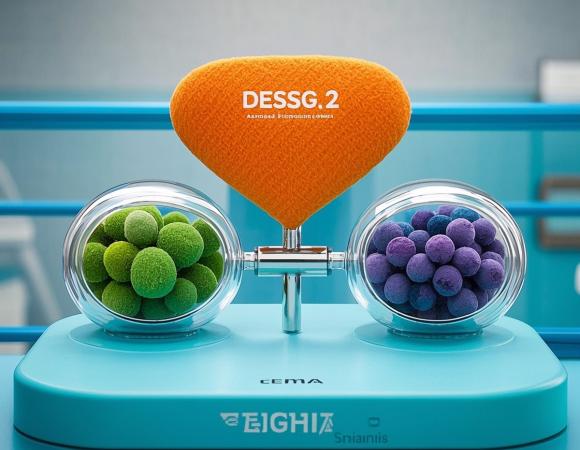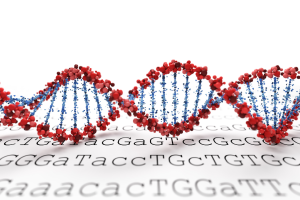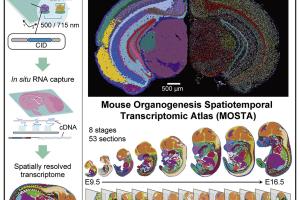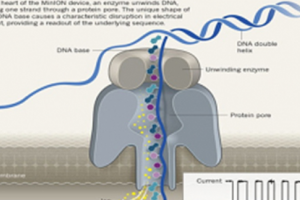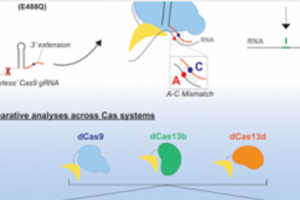- R&D
- Clinical Diagnosis
- News
- Company
QuickBiology News
News Center
Here are relevant industry news and updates on our company
RNA Sequencing
Shipping biological materials such as RNA, cells, and tissue samples over long distances presents a number of challenges, particularly when maintaining their integrity, functionality, and biological activity is crucial. Whether for research, diagnostics, or clinical purposes, improper handling and transport conditions can lead to sample degradation, contamination, or loss of viability.Read More
ATAC
Discover the essentials of ATAC-Seq, a groundbreaking technique in epigenetics that assesses chromatin accessibility. Learn how ATAC-Seq aids in identifying regulatory elements, understanding transcription factor binding, and exploring epigenetic changes in disease, making it an invaluable tool in genomic research.Read More
RNA Sequencing
Non-coding RNAs (ncRNAs) have emerged as crucial players in gene regulation and cellular processes. Their diverse roles, including gene silencing, transcriptional regulation, and protein translation, have spurred significant interest in their study. Read More
WGS
Whole Genome Sequencing (WGS) has revolutionized the fields of genomics and precision medicine. By enabling the comprehensive analysis of an individual's entire genetic makeupRead More
RNA Sequencing
In the rapidly advancing field of genomics, RNA sequencing (RNA-seq) has become an essential tool for understanding gene expression. Two primary approaches have emerged: single-cell RNA sequencing (scRNA-seq) and bulk RNA sequencing (bulk RNA-seq). Read More
WES
Whole Exome Sequencing (WES) is a powerful and revolutionary technology that has transformed the field of genomics and personalized medicine.Read More
RNA Sequencing
In the age of genomics, RNA sequencing (RNAseq) stands out as a transformative technology, providing deep insights into the transcriptome—the complete set of RNA transcripts produced by the genome under specific circumstances or in a particular cell. Read More
NGS
Next-generation sequencing (NGS) has revolutionized biological and medical research, enabling high-throughput sequencing of DNA and RNA. This technology has facilitated significant advances in genomics, personalized medicine, and molecular diagnostics. Read More
Genomic
Quick Biology Inc. has set up 10X Genomics’ Single Cell Fixed RNA Profiling Sequencing platform.The Single Cell Fixed RNA Profiling (FRP) workflow measures RNA levels in samples (single cells or nuclei) fixed with formaldehyde, using probes targeting the whole transcriptome.Read More
Acute kidney injury (AKI) is a common clinical condition associated with diverse etiologies and abrupt loss of renal function. Read More




